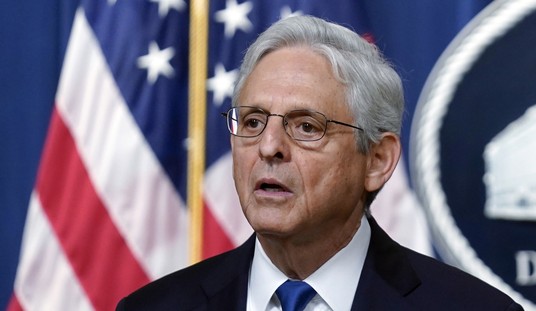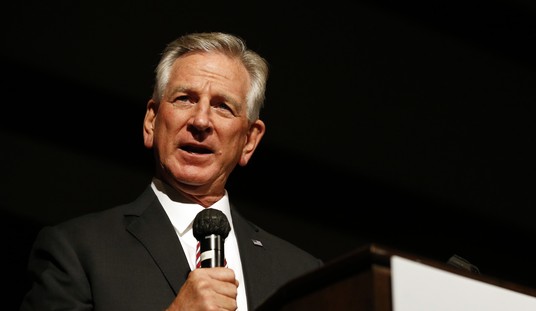In the early 1900s, immigration in the U.S. reached a high point, which prompted Americans to educate immigrants about the culture. The “Americanization” movement focused on helping immigrants to become “civic-minded and participatory.” While naturalization was the end result, the process was designed to teach them American values and to foster a sense of civic responsibility. Government agencies, the education system, community organizations, faith-based organizations, and others were involved.
Encouraging immigrants to assimilate into their new culture was necessary, but some considered it presumptuous at best and racist at worst. We were stripping immigrants of their culture and pressuring them to live according to our standards. Americanization began to wane after World War I, as the U.S. passed laws that limited immigration. So-called national origin quotas remained in effect until 1965.
Between 1966 and 2008, the population grew from 200 million to 300 million people, with immigrants and their U.S.-born children accounting for 55 percent of the growth. By 2025, the foreign-born population is projected to exceed the previous century’s peak of 14 percent. By mid-century, the foreign-born population is projected to reach 19 percent. According to the U.S. Census, whites will be a minority at 47 percent of the U.S. population. Hispanics will comprise 29 percent, blacks 13 percent, and Asians 9 percent.
The Americanization concept made a comeback in the late 20th century. In 1997, the bipartisan U.S. Commission on Immigration Reform issued a final report to Congress calling upon federal, state, and local governments to welcome new legal immigrants and help them integrate into American society. The commission recommended that the U.S. admit more high-skilled immigrants and fewer low-skilled immigrants, acquire better controls against illegal immigration, and reduce legal immigration. For good measure, it added:
The Commission decries hostility and discrimination against immigrants as antithetical to the traditions and interests of this country. At the same time, we disagree with those who would label efforts to control immigration as being inherently anti-immigrant. Rather, it is both a right and a responsibility of a democratic society to manage immigration so that it serves the national interest.
Eleven years later, the call for Americanization has been renewed. In 2006, President George W. Bush created the Task Force on New Americans, part of the Department of Homeland Security, by executive order. Last month, the task force released a 67-page report titled, “Building an Americanization Movement for the Twenty-first Century.” (PDF)
Not only are immigrants entering the U.S. in record numbers, their countries of origin are more diverse, and they’re setting in areas outside city centers like Chicago, Los Angeles, and New York City, according to the report. These immigrants need to be integrated and assimilated into American civic culture. While immigration is a federal responsibility, immigrants don’t settle in a federal sphere; they settle in local communities. Consequently, all spheres of government and the private sector must work together to achieve these goals.
Diversity is fine, reads the report, but unity is what keeps America successful. Being an American is more than a matter of citizenship; it’s an identity that new citizens should embrace for the sake of strong national unity. The report’s recommendations include providing high quality English education, strengthening history and civics education at the primary, secondary, and collegiate levels for all Americans, creating more laws to facilitate integration and citizenship, enhancing the celebration of citizenship and American identity, and fostering political integration and political attachment.
Pro-enforcement types (as opposed to open-borders fans) will be pleased to know the report emphasizes helping legal immigrants, those who obey our laws, to embrace civic culture, learn the language, and become Americans.
Why it took an executive order and two years merely to repeat what was stated in a report to Congress 11 years ago is a mystery. Why did Bush, in the waning days of his administration, create this task force? He issued the executive order before his amnesty-for-illegal-aliens immigration reform bill was defeated in the U.S. Senate in 2007. Bush knew the bill was unpopular among Republicans. Perhaps he anticipated its defeat and saw the report as a last-ditch effort to fix America’s immigration mess before he left office.
What’s President-elect Barack Obama’s position on immigration reform? According to his web site, he believes in protecting the border, increasing the number of legal immigrants “to keep families together and meet the demand for jobs that employers cannot fill,” and requiring illegal aliens “in good standing” to pay a fine, learn the culture’s language, and “go to the back of the line for the opportunity to become citizens.”
Looks good on paper, but will Obama follow through with the task force’s recommendations or even maintain his own position on immigration?









Join the conversation as a VIP Member